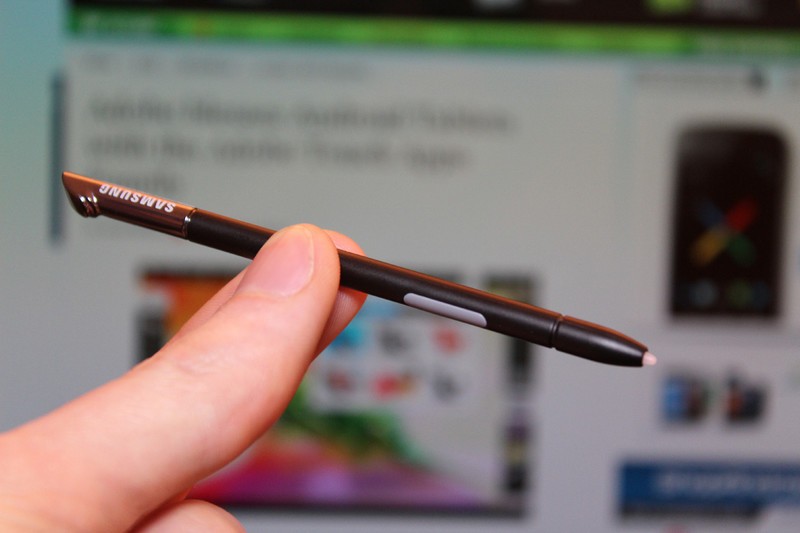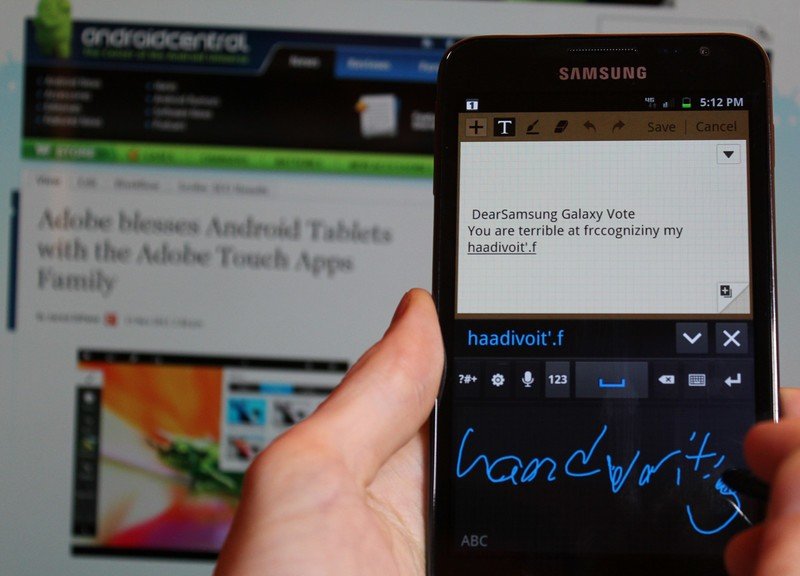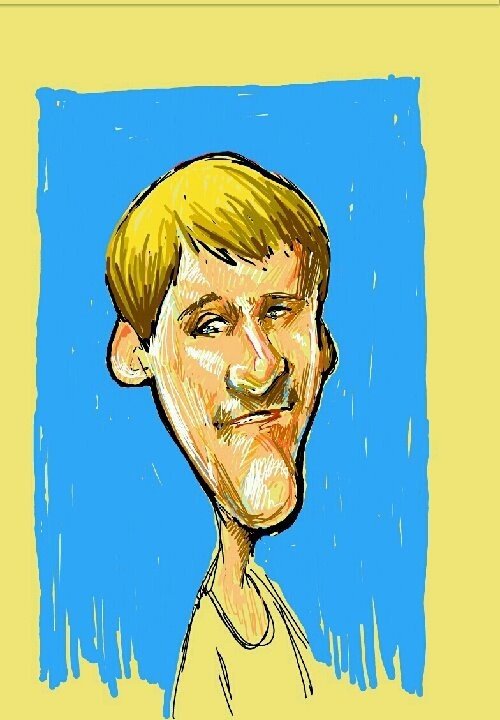Editorial: Why is the stylus coming back?

I've been playing with the Samsung Galaxy Note for the last week or so (be sure to check out our full review here), and though I'm still digging the novelty of a 5-inch smartphone, there's one feature I'm still not sold on - the pen. Ever since the HTC Flyer, pen accessories have been making a quiet comeback to Android devices. The HTC Jetstream included one too, and now the Samsung Galaxy Note is having a go at the stylus.
We've seen a wholesale switch to finger touch input since the iPhone came around, so it's a bit anachronistic seeing stylus-enabled devices popping up again. Pen input hasn't been popular since Windows Mobile and Palm devices, and even then, it was mostly because the resistive screens demanded them. Of course, the devices making the rounds these days are using pens more as a secondary input with a few tailored applications, rather than being a necessity.
Don't call it a stylus
A common thread along both HTC and Samsung's implementations of the stylus is the preference to call it a "pen." In all likelihood, they just don't want to sound ass-backwards for trying to revive an old idea. To be fair, these pen accessories are definitely more than the plastic slivers you could buy by the dozen ten years ago; the pens being pushed these days have buttons of their own, a sizeable depth of pressure recognition, and can cost $50 and up. Both Samsung and HTC have been mum on specifically what kind of technology is enabling the pen to communicate with their respective devices; maybe's some form of low-power NFC, but it's probably something built directly into the screen.
The problem with having high-tech pens like these is that you really can't afford to lose them, which is a very real possibility with something so small and regularly-used. At least the Samsung Galaxy Note has its own storage cavity, but even then, those have been known to lose their grip over time.
Isn't print dead yet?
Every time I catch a friend writing a note on paper, I can't help but jab that print is dead. I know that's not remotely true, but I can count the number of times I write on a piece of paper weekly on one hand. Of course, I think I'm in the minority, but it does make it harder to relate to use cases with ink and paper. After spending some time with both the HTC Jetstream and the Samsung Galaxy Note, I thought it might be worth giving old-fashioned writing another go, especially if it can digitize everything, shoot it up to the cloud, and make it searchable. Unfortunately, handwriting recognition in its current form sucks. Either that, or my handwriting has whithered away into a vestigal skillset.
That's not to say that it can't improve, and I sincerely hope it does. Even as a precision selection tool, I could see the pen being great for casually editing typed documents. There are also some gaming applications; in particular, I had a lot of fun playing Fruit Ninja with a stylus versus finger swipes, and I would hope that developers poke and prod into more use cases for the pen beyond writing and art. However, if handwriting recognition is going to be a primary use case, the software has a long way to go
Paintbrush 2.0
Samsung has placed a huge emphasis on artists with the Galaxy Note. At CES, they had a booth crammed full of cariacture artists, drawing portraits for those patient enough to wait in line. During my briefing, I enjoyed some of the same treatment, which you can see here, and given the results, drawing seems like a viable position for stylus usage. The software is becoming available, thanks in no small part to Adobe's various Android apps.
Get the latest news from Android Central, your trusted companion in the world of Android
Now, I'm no artist, as you can see at the top of the post, but I've found that there are two bottlenecks for the stylus when it comes to drawing. For one, there's no friction when drawing. This makes slipping very easy, but I imagine artists that have become accustomed to using a Cintiq tablet are used to it. The other issue is the device size. On a mobile phone, it's more of a hassle to use both hands just to enjoy the precision of a stylus. On a tablet (especially those that are 10-inches plus), odds are good that you'll be using two hands anyway, so a stylus is a natural choice for the bigger form factor. Additionally, artists will likely appreciate having a larger canvas.
Even with a larger tablet available, serious artists likely won't do much more than casual sketches on current devices until responsiveness is cranked up, and the tools are fully equivalent to their PC counterparts.
In its current form, it seems like the stylus will be limited to a few small niches, and even then, it will only be attractive among early adopters who are trying to bridge the gap from paper to digital. Artists might make some preliminary sketches on an Android tablet, and bureaucrats may mark up documents on their phone, but the precision and performance have a long way to go before they can match a PC's keyboard and mouse. How do you guys feel about the resurgence of stylus accessories? Would you use a pen regularly with your phone? Are you happy with the current breed of handwriting recognition? How big a part of your life is writing on paper?




